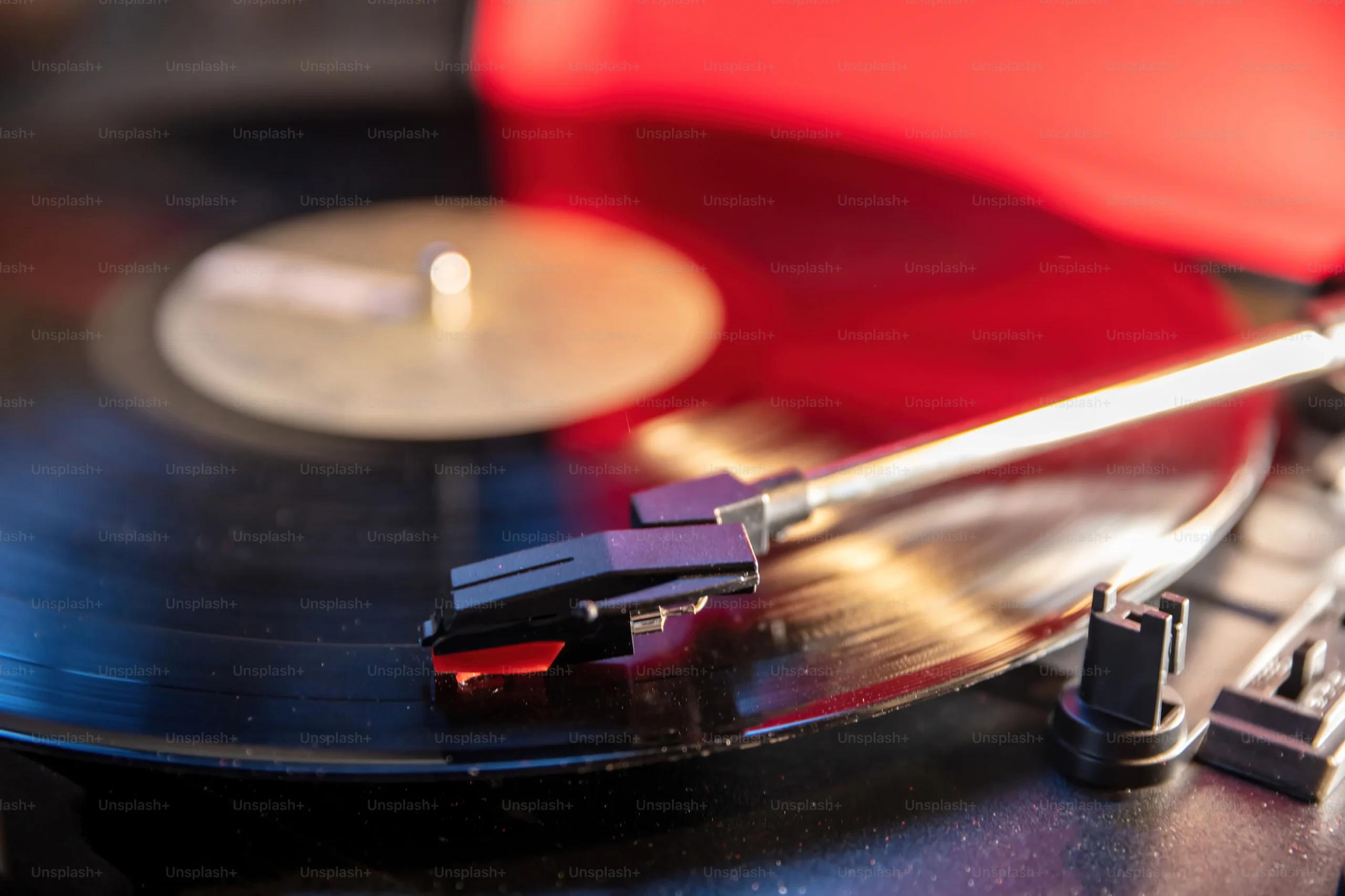Last month, Apple CEO Tim Cook announced the its music streaming service had gained 15 million total users since its June release, with 6.5 million of them being paying subscribers. It has quickly joined the other streaming services that now make it easier than ever to enjoy the music we love in the digital space. In fact, there were close to 80 billion audio streams in 2014, and it is really strange to imagine that just within the last two decades, most of us were still literally carrying our music around via CDs. This reflects how quickly technological advances happen, and it explains why the music industry fought incredibly hard for a game-changing law that is celebrating its twentieth anniversary this month.
The Digital Performance Right in Sound Recordings Act of 1995 – signed by President Bill Clinton – granted copyright holders the exclusive right to “perform” publicly via digital transmissions, and collect royalties from certain Internet broadcasters. Sound recordings themselves had been granted copyright protection in 1971, but there was no right of performance until the DPRA. The law came in time for the digital revolution, and as we look back over the last twenty years, it’s important to figure out who has actually benefitted and who has lost out since it was enacted.
Winner: Performers. When we think of our favorite songs, the ones that get us through those last dreadful minutes on the elliptical or that we scream at the top of our lungs while driving with the windows down, we associate them with the person or group who sings it. We also assume the voice behind the lyrics is getting paid for the endless loop that gets stuck in our heads. Before the DPRA, that wasn’t true, unless they were also the songwriter or composer. Singers did not collect any royalties on radio broadcasts, but now they can on digital broadcasts, along with songwriters and composers.
Winner: Radio broadcasters. The $20 billion industry is exempt from paying sound recording royalties to artists, and somehow continues to convince Congress that it should be. The argument has always been that radio airplay is widespread exposure for artists and record labels because listeners hear the songs repeatedly and eventually go out and buy the albums. That was easier to accept when purchasing an entire album was mandatory to enjoy music; thanks to the digital revolution, though, consumers can essentially pick and choose the singles they want from an album, à la carte style, which means lower royalties from sales. Digital streaming isn’t helping the situation, either.
Radio broadcasters’ justification for the exemption does appear to be losing steam, though, as Representative Nadler of New York introduced the bipartisan Fair Play Fair Pay Act in April of this year, which would require AM/FM stations to pay royalties to artists.
Loser: All the people who make music. The DPRA granted compulsory licenses to “non-interactive” digital services (those that mimic radio, and prevent the listener from fully controlling what songs play), and they pay royalties based on record label revenue and their own. Just last year, Internet radio sites were looking to pay out less than they had before, which wasn’t much to begin with. Satellite radio stations reportedly have an even lower royalty rate. Interactive services that give users control over what they can listen to have to individually work out royalty deals with record labels and artists, and rates aren’t good there, either. Business Insider’s revealing report on Spotify’s royalty breakdown showed that copyright holders get between $0.006 and $0.0084 per stream. So songs have to be played more than a hundred times to result in just one dollar. Those services that haven’t worked out deals with artists face DMCA takedown notices all the time, too, and the music-makers certainly aren’t getting paid under that system.

Where creative minds come together
It would be inaccurate to decidedly say that DPRA hasn’t been beneficial for the last two decades; music will continue to thrive and evolve primarily in the digital space, and measures like this law have to be in place to protect creators. However, Congress still hasn’t gone far enough in other areas, like radio royalties. Maybe the DPRA will eventually need a provision for interactive services to opt into the statutory licensing structure to avoid takedown notices and get more royalties to artists. More work is definitely needed to ensure fairness.
For more information on music licensing and copyright protection, get in touch with The Fried Firm.



